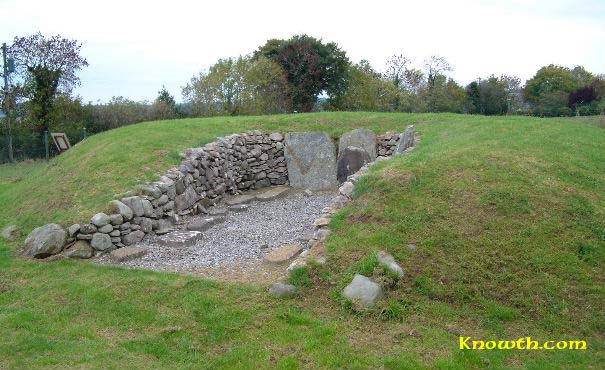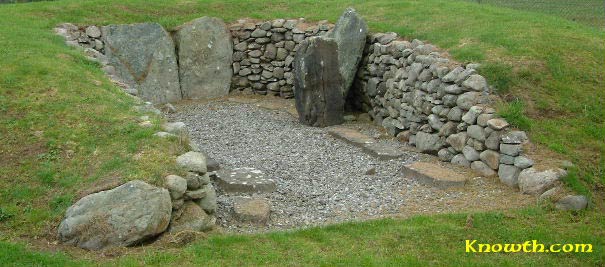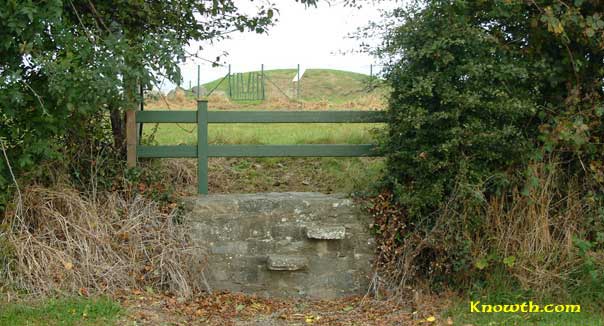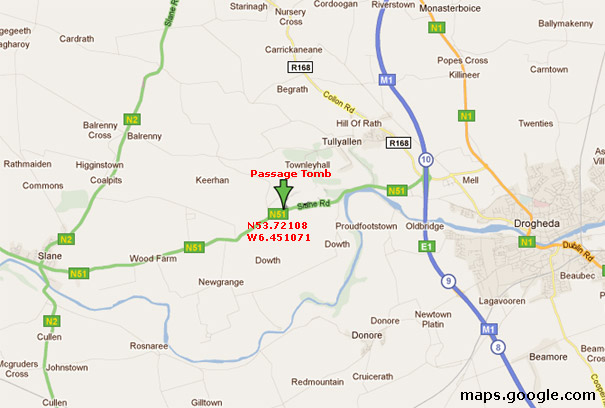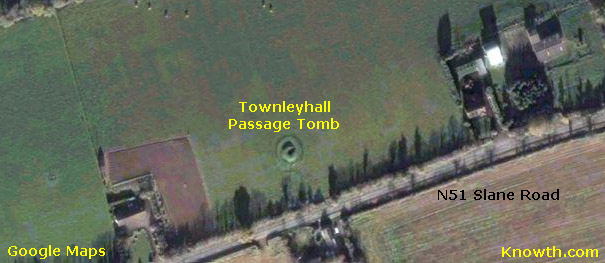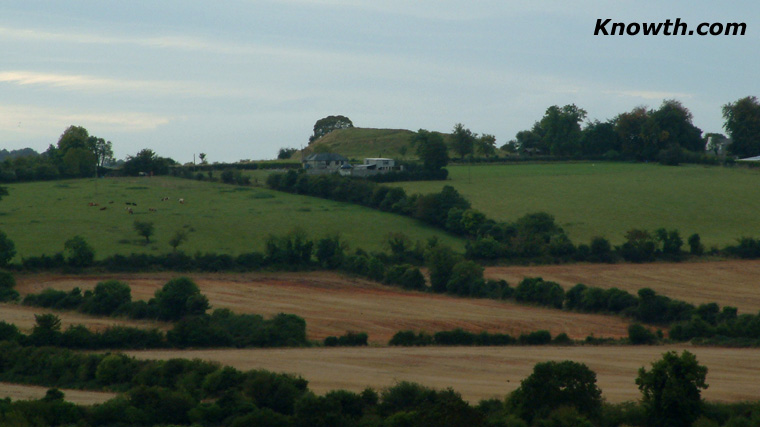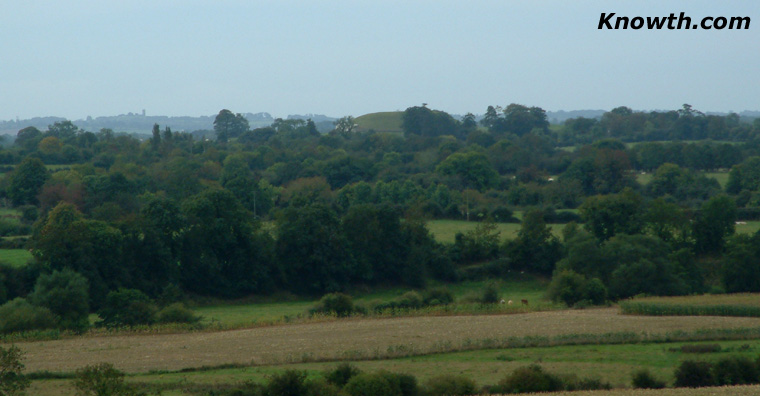Townleyhall megalithic passage tomb was built by Neolithic farmers around 3000BC, it is part of the Boyne valley group of passage tombs which includes the much larger mounds at Newgrange, Knowth, and Dowth. The chamber at Towneyhall is a simple rectangle at the end of a short passage.
Excavations at Townleyhall by George Eogan began in 1960, Townleyhall was the first of the Boyne Valley passage tomb mounds to be excavated in modern times.
Excavations at the Towneyhall showed that people had lived there before the tomb was constructed, maybe the cremated remains found inside the tomb were of the people who had lived on the site.
The Townleyhall passage tomb is located in a field just off the N51 Drogheda / Slane road, the mound is visible from the road and access is by the entrance pictured above. Coming from the Drogheda direction, it is on the right hand side of the road after the main Townleyhall entrance.
Ordnance Survey map 35
National Grid Reference O 023 758
GPS position N53.72108 W6.451071
The name Townleyhall is from the surname Townley, unfortunately the ancient name for the burial mound has been lost over time. The mounds at Newgrange and Dowth are visible from Townleyhall, as the crow flies Dowth is 2km from Townleyhall and Newgrange is over 3km from Townleyhall.
Boyne Valley Private Day Tour
 Immerse yourself in the rich heritage and culture of the Boyne Valley with our full-day private tours.
Visit Newgrange World Heritage site, explore the Hill of Slane, where Saint Patrick famously lit the Paschal fire.
Discover the Hill of Tara, the ancient seat of power for the High Kings of Ireland.
Book Now
Immerse yourself in the rich heritage and culture of the Boyne Valley with our full-day private tours.
Visit Newgrange World Heritage site, explore the Hill of Slane, where Saint Patrick famously lit the Paschal fire.
Discover the Hill of Tara, the ancient seat of power for the High Kings of Ireland.
Book Now
Home
| Newgrange
| Knowth
| Dowth
| Hill of Tara
| Fourknocks
| Loughcrew
| More Places
| Labyrinths
| Local Info
| Art Works
| Articles
| Images
| Books
| Links
| Boyne Valley Tours
| Contact

